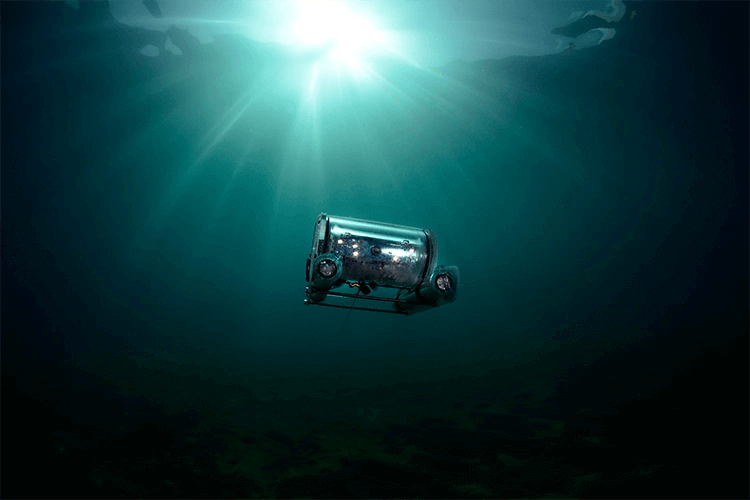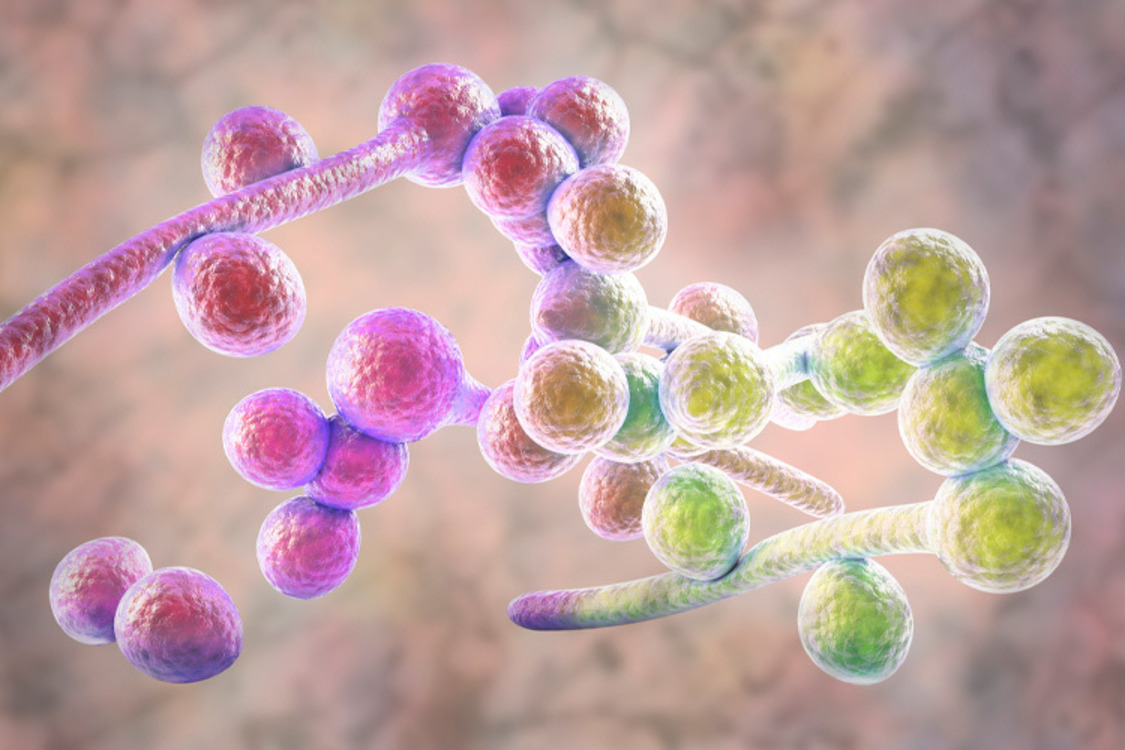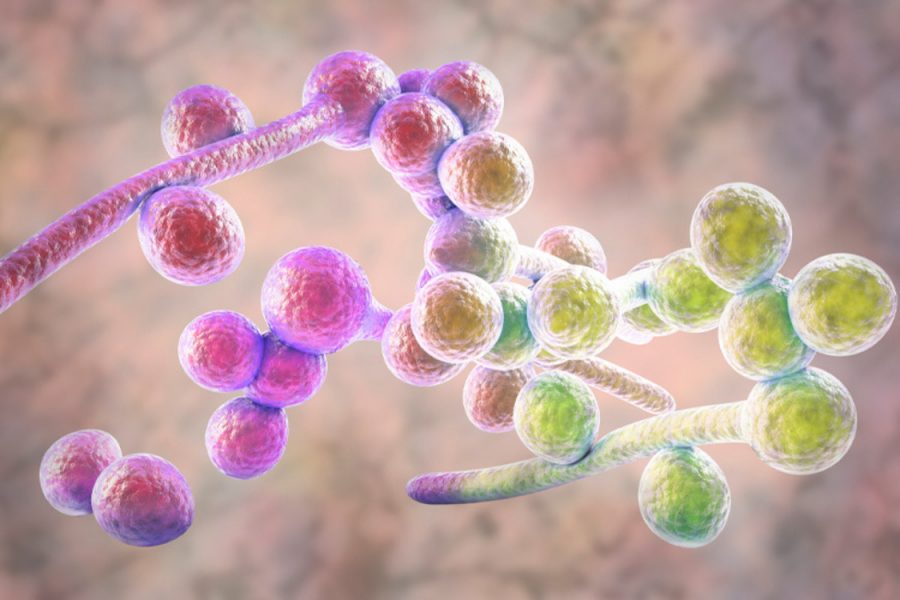As in other countries, we see a trend of rising numbers of people in Mexican cities. The population of urban areas is estimated to double by 2050 (World Bank, 2020), meaning that 7 out of 10 people will be living in a metropolis, which is understood to be a city with a large size and population that acts as a political, economic, or administrative center.
This trend is due to more than 80% of Gross Domestic Product (GDP) being generated in large cities. However, the significant challenge of satisfying the growing needs for affordable housing, transport service, infrastructure, basic services, and jobs now has to be dealt with.
The growth of cities also implies an increase in their vulnerable population because the resources of these places and their ability to adapt to said growth do not advance at the same pace. One example is Monterrey and its metropolitan area, whose vulnerable population has increased significantly in recent years due to the migration of Mexican and foreign citizens.
Birth of Community Centers
Nuevo León’s Ministry of Equality and Inclusion is the part of the Executive Branch that is in charge of guiding and implementing social policy in the state to improve quality of life and harmonious coexistence in zones of vulnerability, social deprivation, and poverty (Government of Nuevo León, 2022).
One of this Ministry’s objectives is to attend to the needs of vulnerable groups through workshops and activities that are carried out in the so-called Community Centers, which were set up in the mid-20th century due to a need to improve the quality of life of vulnerable and socially-deprived people, meaning those who cannot overcome challenges due to different social disadvantages such as poverty and discrimination based on their sex, culture, or religion or their psychological, physical, or mental condition (INEGI, 2011; DIF Nacional, 2017).
Typically, Community Centers are open spaces that have affordable services and friendly environments (Children International, 2020), such as basic medical consultations, vaccines, physical, dental, and behavioral examinations, and the infrastructure to provide learning and recreational activities such as computer centers, meeting rooms, sports facilities, kitchens, libraries, and everything necessary for integrating people into their communities (The Wright Center, 2022).
Imbalance in Centers
Currently, the communities attended by Community Centers in Nuevo León are facing one or more of the following problems: a rise of 92.8% in the number of migrants from January to May of 2022 compared to the same period for the previous year (Chantaka, 2022); low levels of public participation in solving community problems: 82% of people think that their participation in social issues does not influence the solution (ForoMty, 2022); only 46 of every 100 women having access to paid work (Flores, 2022); and the greatest number of criminal cases in 2022 being for domestic violence (Attorney General’s Office for the State of Nuevo Léon, 2022).
In the environmental sphere, Nuevo León is facing the consequences of uncontrolled growth and development due to ignoring the capacities of the hydrological basin in which the Monterrey Metropolitan Area lies, leading to water scarcity, deforestation (Monforte, 2013), and air pollution. All of this, when added to the consequences of global problems such as the pandemic and worldwide financial instability, has increased the prices of fuel and basic consumer products, affecting vulnerable groups to a greater extent.
There are 40 state-supported Community Centers in Nuevo León. The investigation entitled “The challenge of forming community. The role of Community Centers in preventing violence and other social pathologies: The case of Nuevo León,” presented in the book of the same name (Mendoza, 2022), mentions that one of the main functions of these Centers should be that of “forming community.” This concept refers to the action of putting the benefits of a social group who are connected by their common interests or characteristics above that of personal good (Salazar, 2022). However, the results of this research show that Community Centers in Nuevo León chiefly provide activities that focus on job training (Salazar, 2022).
From the perspective of Community Center users (whose responses were obtained through social media), these lack infrastructure, maintenance, equipment, materials, furniture, teachers, and coordinators. They also mention the lack of information on workshops, timetables, dissemination, and maps of services (Google Opinions: Community Centers of Nuevo León, 2022). What’s more, they discuss the zone’s lack of safety and the distance from their homes to the Centers.
Figure 1 shows the locations of Community Centers and their area of influence, given as an outline for a one-kilometer radius around Community Centers within the Monterrey Metropolitan Area.

Source: Prepared by the author through the use of INEGI’s Digital Map tool and INEGI and CONAPO databases.
We can see in the figure above that there are no Community Centers in the municipality of García, despite the high density of its vulnerable population (around 87,000 people). Moreover, there are two Centers in the municipalities of Escobedo, Apodaca, and Salinas Victoria that provide service to a population of approximately 280,000 vulnerable people (INEGI, 2022), which is totally insufficient.
Furthermore, Nuevo León’s own Ministry of Equality and Inclusion acknowledges that it has no evidence on the impact of resources allocated to programs for reducing vulnerability due to a lack of recorded data. In addition, although its regulatory documents are current and up to date, it lacks the regulations to implement them (Government of Nuevo León, 2021).
New measures
Based on the above analysis, Community Centers in Nuevo León are facing the problem of insufficient infrastructure and provision of activities that do not respond to the needs of their users, besides having an underdeveloped methodology for measuring the requirements of the population.
Nuevo León’s current state government has launched the so-called New Route, a strategy that seeks to eradicate poverty, inequality, and discrimination. The proposal was constructed based on best practices from initiatives that have been successful in other countries and Mexican states. This allows citizens to fully exercise their social rights in five key ways: health, education, housing and income, social security, and diet.
As a result of the work performed in the concentration course entitled “Business Analytics: From Data to Decisions” at the Monterrey Campus of Tecnológico de Monterrey, the team of students who participated in this research project have developed a methodology to identify the vulnerable population’s geospatial location and measure this population’s deficiencies and capacities, which will be the model for actions to be carried out by Community Centers in Nuevo León. This is in order to improve this population group’s quality of life, contributing to a society in which equality and inclusion prevail (Government of Nuevo León, 2022).
Author:
Gabriela Monforte, who holds a PhD in Social Sciences with a focus on Sustainable Development, is a professor at Tec de Monterrey in the area of data analytics and statistics. As well as being a participant in Tec de Monterrey’s institutional gender equity project, she forms part of the Social Innovation and Sustainability Research Group at EGADE Business School. She currently serves on the state of Nuevo León’s Technical Board for Climate Change.
Co-authors: Ileana Mallén Gutiérrez, Aurora Ayme Guerrero García, Maria del Carmen López López, and Anahí Denisse Hernández Morales, all students at the Monterrey Campus of Tecnológico de Monterrey’s School of Business.
References
Banco Mundial (April 2020). World Bank. Accessed on October 3, 2022, at https://www.bancomundial.org/es/topic/urbandevelopment/overview#1
Chantaka, A. (2022). Flujo de migrantes se dispara en Nuevo León y crece 92%. Accessed on August 15, 2022, at: https://www.publimetro.com.mx/nuevo-leon/2022/07/21/migrantes-en-monterrey-se-dispara-flujo-de-migrantes-hacia-nuevo-leon/#:~:text=De%20enero%20a%20mayo%20del,al%20mismo%20periodo%20del%202021
Children International (2020). Accessed on September 13, 2022, at https://www.children.org/es/ver-el-impacto/centros-comunitarios
Comunidad (RAE, 2022). Accessed on September 26, 2022, at https://dle.rae.es/comunidad.
Flores, L. F. (July 21, 2022). Nuevo León lanza Ruta de Ingreso y Trabajo para combatir desigualdades. El Economista. https://www.eleconomista.com.mx/estados/Nuevo-Leon-lanza-Ruta-de-Ingreso-y-Trabajo-para-combatir-desigualdades-20220720-0091.html
Gobierno de Nuevo León (2022). En NL todos somos iguales, lanza Gobierno Nueva Ruta para erradicar la pobreza extrema y la desigualdad. Accessed on September 22, 2022: https://www.nl.gob.mx/boletines-comunicados-y-avisos/en-nl-todos-somos-iguales-lanza-gobierno-nueva-ruta-para-erradicar-la#:~:text=%E2%80%9CLa%20Nueva%20Ruta%20es%20el,dentro%20de%20M%C3%A9xico%E2%80%9D%2C%20expres%C3%B3.
Gobierno de Nuevo León (2022). Acerca de esta dependencia. Accessed on August 15, 2022, at: https://www.nl.gob.mx/igualdadeinclusion
Gobierno de Nuevo León (2021). Programa Presupuestario Centros de Desarrollo Social Comunitario. Accessed on August 15, 2022, at: https://pbr-sed.nl.gob.mx/sites/default/files/051_centros_de_desarrollo_social_comunitario_final.pdf
INEGI (2022). Indicadores seleccionados de vulnerabilidad por carencia social por municipio Accessed on August 20, 2022, at: https://www.inegi.org.mx/app/cuadroentidad/NL/2022/03/3_56
Mendoza Lozano, O. F. (2022). El Reto de Hacer Comunidad. El papel de los Centros Comunitarios en la prevención de la violencia y otras patologías sociales: el caso de Nuevo León. CONTEXTO. Revista De La Facultad De Arquitectura De La Universidad Autónoma De Nuevo León, 16(24).
Monforte, G. (2013). Hacia un sistema de gestión sustentable del agua para los usuarios del área metropolitana de Monterrey, un estudio de factores socioambientales, Tesis para obtener el grado de Doctora en Ciencias Sociales con orientación en Desarrollo Sustentable, Universidad Autónoma de Nuevo León, Instituto de Investigaciones Sociales.
Opiniones en Google Maps (Google.com, 2022). Accessed on October 18, 2022, at: https://www.google.com/maps/place/Centro+Comunitario+Santa+Fe/@25.7260975,-100.1739132,15z/data=!4m5!3m4!1s0x0:0xe9368ac1c9929f82!8m2!3d25.7260975!4d-100.1739132.
Salazar, L. (2022). Replantean uso de centros comunitarios. Accessed on August 28, 2022, at: https://vidauniversitaria.uanl.mx/expertos/replantean-uso-de-centros-comunitarios/ The Wright Center (September 6, 2022). What is a Community Health Center? Accessed on September 13, 2022, at https://thewrightcenter.org/es/about/community-health-center/














